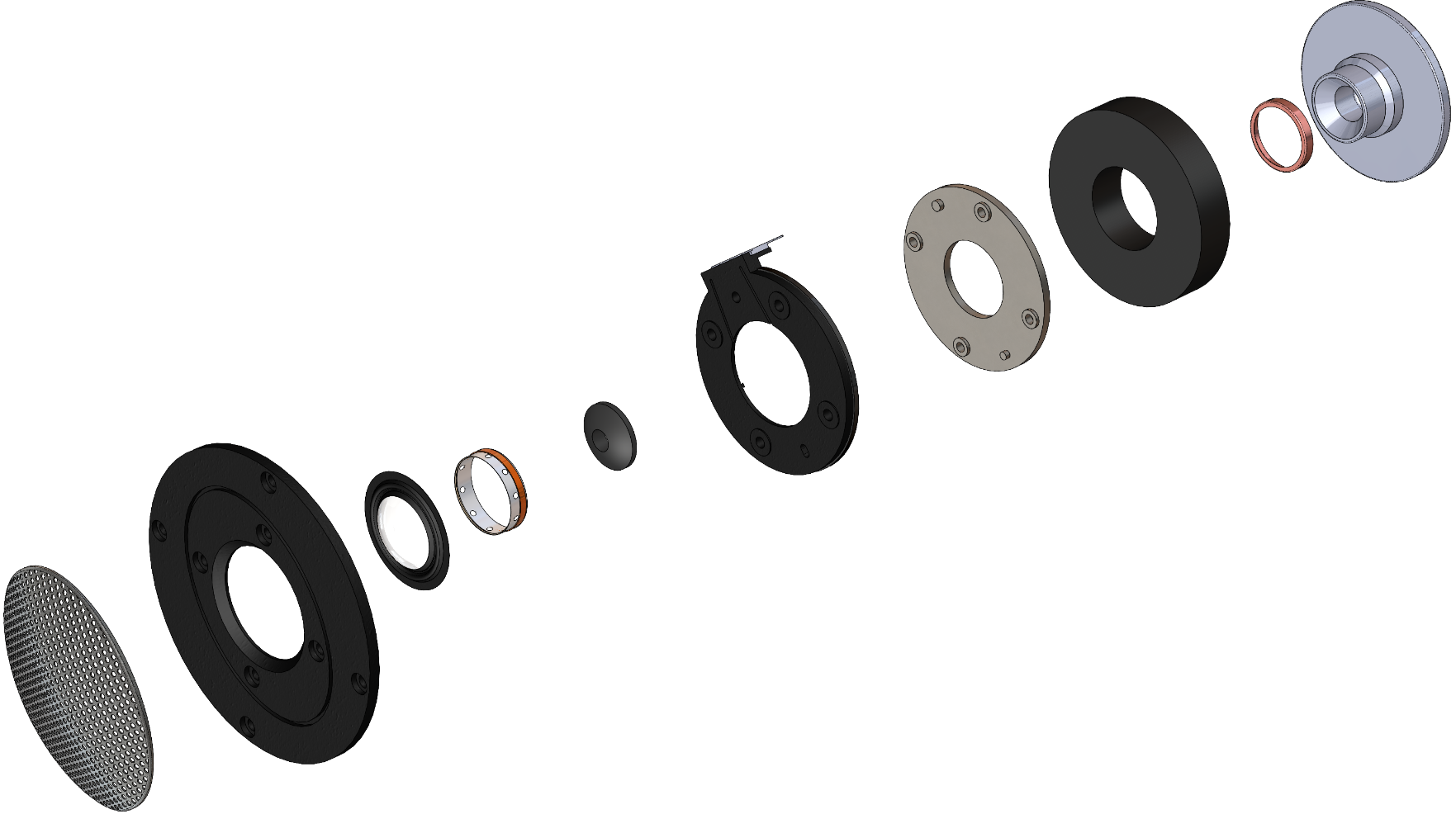Revitalised Epos resurrects legendary ES14 speakers with a modern twist
The new ES14N echo the originals but are thoroughly modern speakers at heart
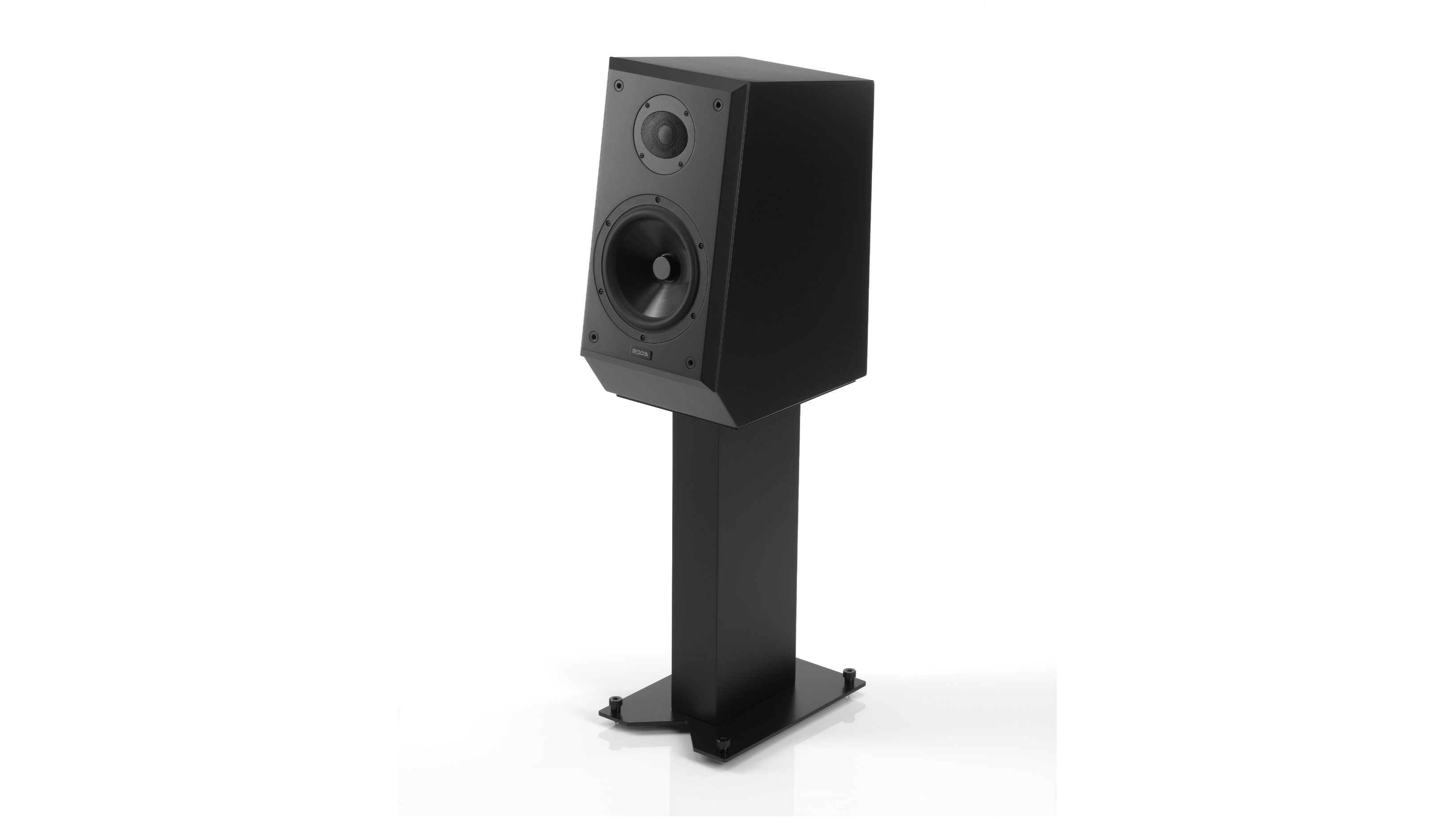
The Epos brand was founded in the early 80s and set the standard at affordable to mid-price levels with a small range of purist speakers that stood out from the masses. The original ES14 model was the first to make an impact and was later joined by its smaller sibling, the ES11. Both models delivered excellent sound quality thanks to a raft of clever engineering solutions that included ultra-simple crossover networks (that used just one capacitor) and highly engineered mid/bass drivers.
Over time, Epos went through a number of management changes, and both models were ultimately superseded by newer, more conventional designs that never quite hit the same heights.
Now, under the new ownership of Karl-Heinz Fink – the founder of Fink Team and an audio consultant to many of biggest hi-fi brands in the business – Epos is making a comeback. And it's only fitting that the first product of this revitalised brand carries the ES14 name. Meet the Epos ES14N.
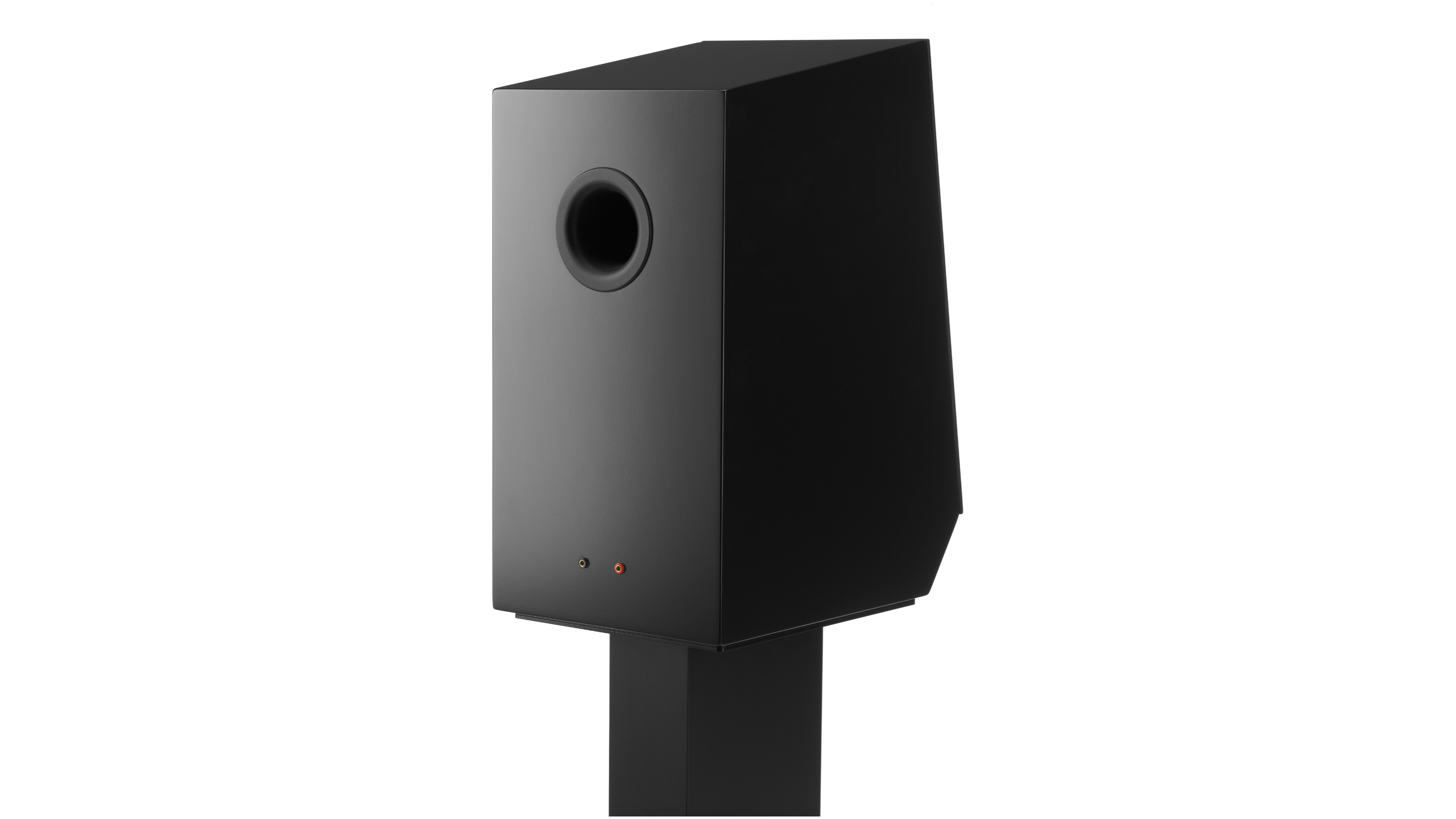
The ES14N is a totally new design rather than a reissue, so there's nothing bar the name that has carried over from the original. That said, both are large two-way standmounters with a rear port. The drive units share some points of commonality too, with both generations using an 18cm polypropylene cone and metal dome tweeter.
That's where the similarities end, though. The ES14N has a 28mm anodised aluminium dome, rather than the 25mm unit of the original, and is engineered with all the technological advances of the last three decades when it comes to drive unit design and optimisation.
The same apples to the new mid/bass unit. Great care has been taken to fine-tune the cone shape and thickness, which together with a carefully judged low-damping rubber surround gives the acoustic response Epos desires. This drive unit uses a large 36mm double-layer voice coil for good power handling and low distortion when pushed hard. You won't find a dustcap at the centre, though; the driver uses a solid metal phase plug – just like the original – to help with the off-axis response.
The ES14N's relatively conventional crossover is a major departure from the 'simplicity first' philiosophy of the older model. pos felt it was preferable to control the speaker's response electrically rather than by using the drive units to do the job mechanically. As a result, the crossover is a more complex affair than before. Some Epos fans may object to this departure but the proof, as always, is in the listening.
The latest hi-fi, home cinema and tech news, reviews, buying advice and deals, direct to your inbox.
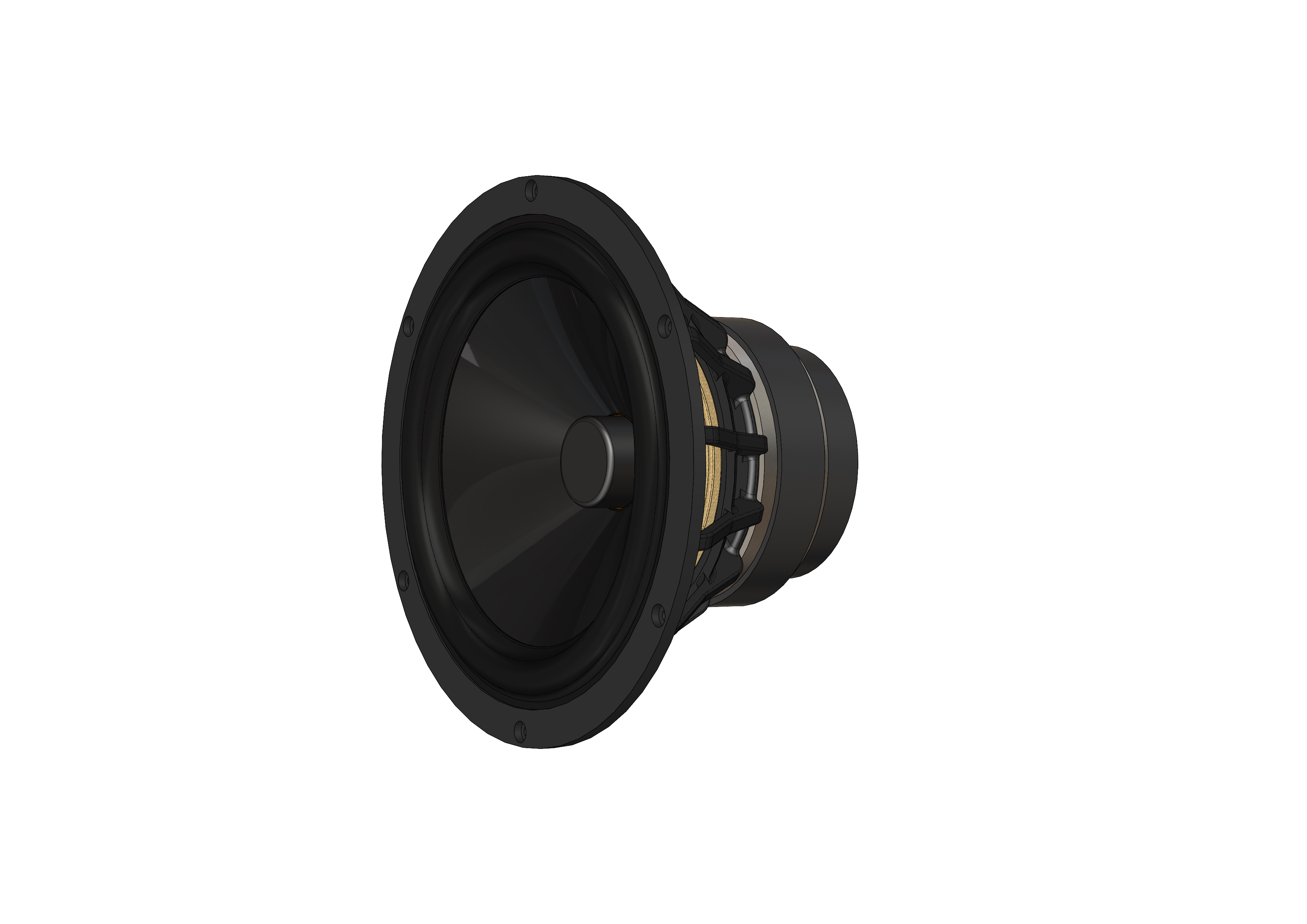
The ES14N's cabinet is rather special. This isn't the plain wooden box the original had. Instead, Epos has chosen to employ a braced double-layer MDF construction with special damping glue in the middle to produce a highly rigid but low-resonance structure for the drive units to work from.
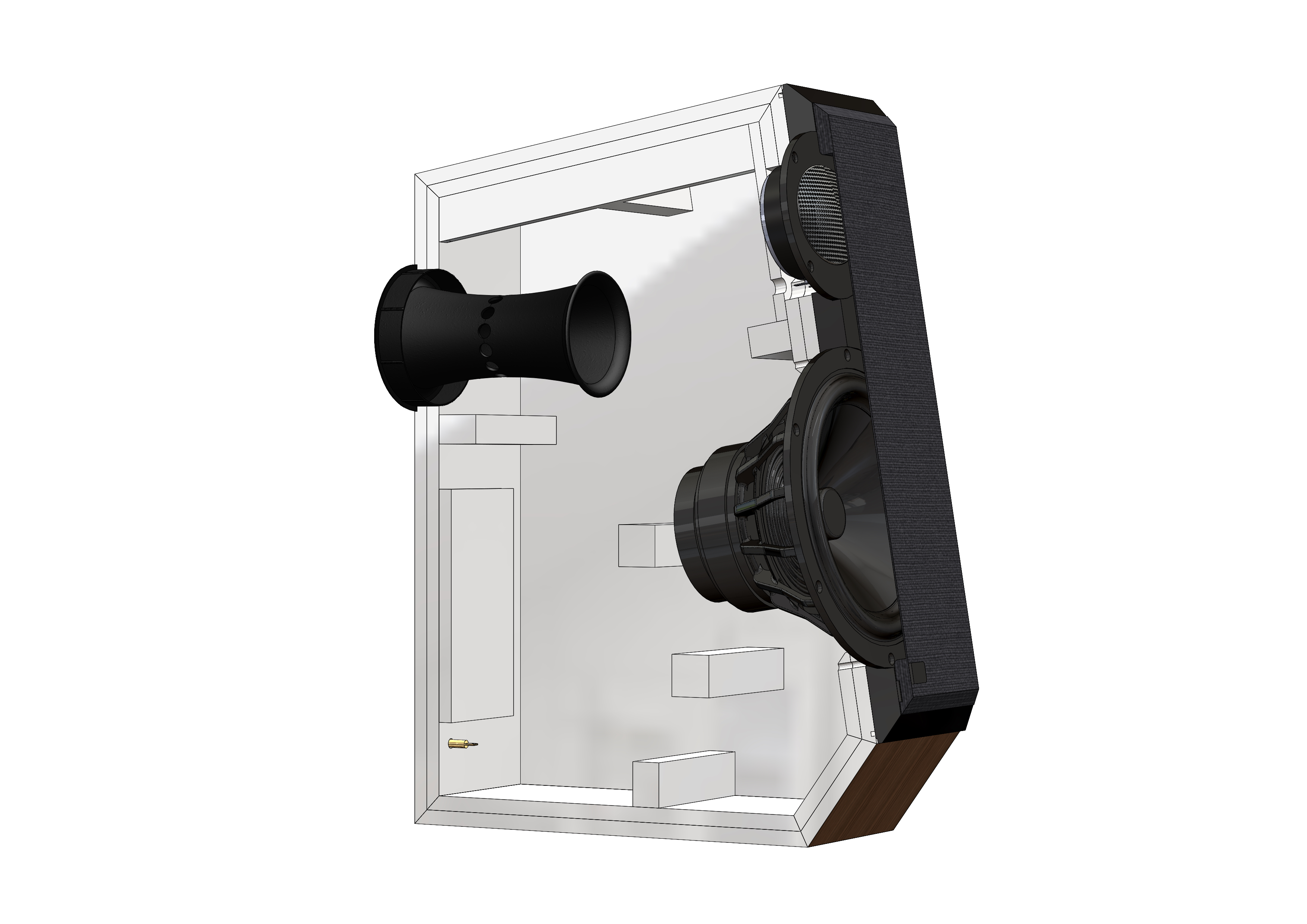
The performance of any standmounter is highly dependant on the support it sits on, so we're pleased to report that the company has designed a dedicated stand for the ES14N. It uses a thick wooden main column (made up of four layers) and thick steel top and bottom plates. The top plate has a layered sandwich construction with a Bitumen damping layer in the middle to control resonances.
We're still awaiting concrete pricing information at the time of writing, but the Epos ES14N speakers are expected to cost in the region of €4500 – so around £3800/$4700/AU$6750. They should be available around September this year. We can't wait to test them.

Ketan Bharadia is the Technical Editor of What Hi-Fi? He has been reviewing hi-fi, TV and home cinema equipment for almost three decades and has covered thousands of products over that time. Ketan works across the What Hi-Fi? brand including the website and magazine. His background is based in electronic and mechanical engineering.
